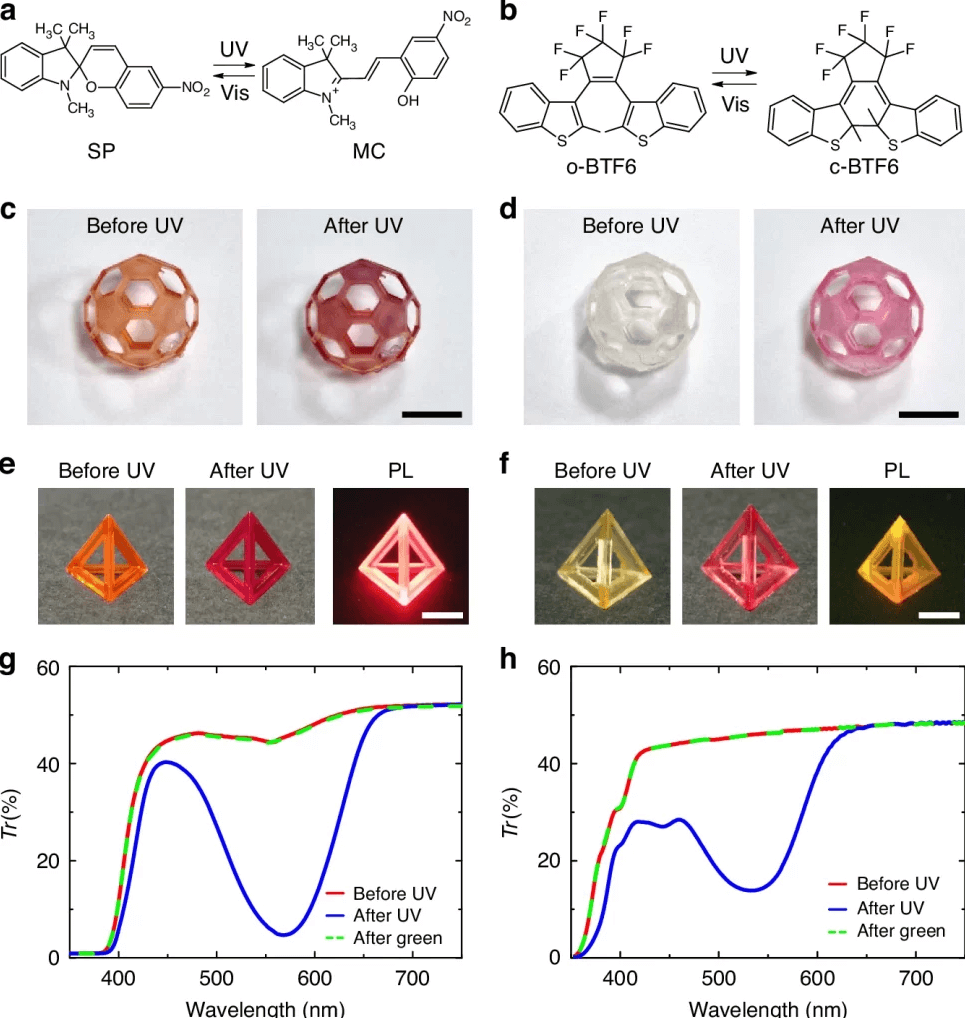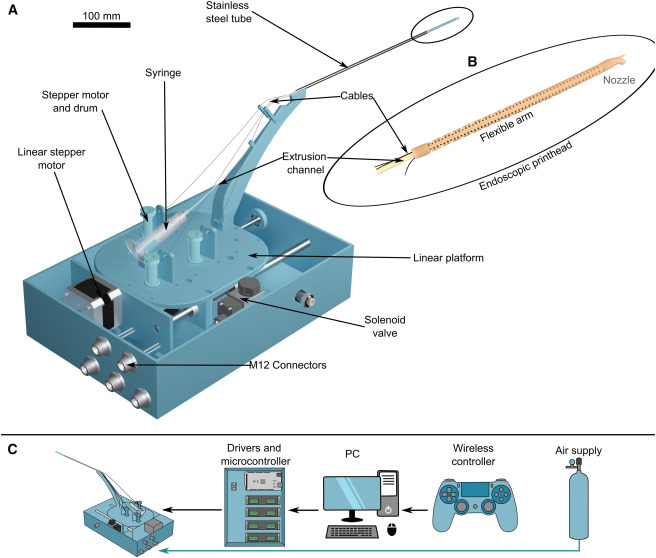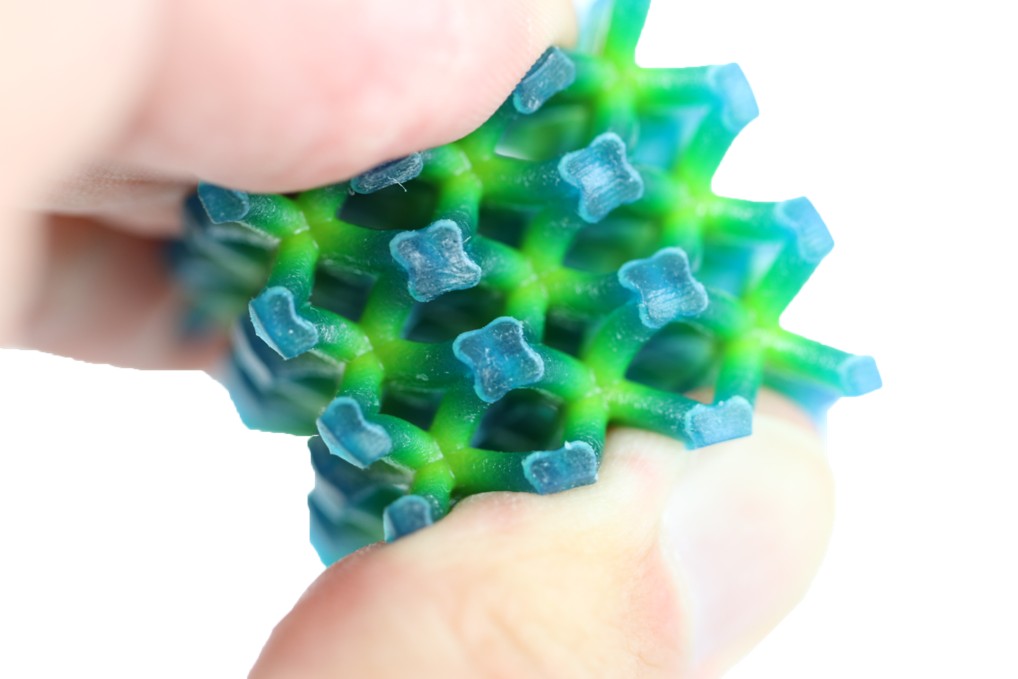
Date:2025-06-26 10:36:04
A consortium led by the Korea Institute of Industrial Technology (KITECH), a state-affiliated applied research center, has completed the world’s first cryogenic proof pressure test of a laser-wire 3D printed titanium pressure vessel for spaceflight. Working with Korea Aerospace Research Institute (KARI), KP Aero Industries, AM Solutions and Hanyang University, the team produced a 130 liter spherical tank in Ti-6Al-4V alloy and pressurized it to 330 bar at –196 °C—50 percent above its 220 bar operating requirement—without structural failure.
KITECH’s engineers built the two 640 mm-diameter hemispheres using laser-wire directed-energy deposition, a technique that melts titanium wire feedstock layer by layer with a high-power beam. Real-time sensors tracked bead geometry and thermal input, while tool-path algorithms compensated for distortion to keep thickness within aerospace tolerances. After heat treatment and precision machining, KP Aero welded the halves together; non-destructive evaluation confirmed an absence of porosity or lack-of-fusion defects.
“This achievement proves that additive manufacturing technology is capable of meeting the extreme performance requirements demanded by space missions, opening new possibilities for aerospace component manufacturing,” said Dr. Hyub Lee, principal investigator at KITECH. During the validation run at KARI’s facility, strain gauges, thermocouples and visual monitoring systems showed tank behavior matching finite-element predictions, substantiating the design margin required for flight hardware.
Additive manufacturing has promised lighter, faster-to-produce propellant tanks for years, yet confidence has been limited by concerns over process variability and cryogenic embrittlement. By eliminating forging dies and extensive machining, laser-wire deposition cuts lead time and material waste, but only rigorous testing could demonstrate reliability at liquid-nitrogen temperatures and launch-vehicle pressures. That hurdle is now cleared, providing a data point that metal 3D print processes can satisfy safety factors traditionally reserved for wrought structures.
The research group plans additional qualification cycles and intends to partner with commercial launch providers to adapt the technology for satellites, upper-stage propellant tanks, and other cryogenic subsystems. KITECH, founded in 1989 under the Ministry of Commerce and Industry, says it will use the results to support South Korea’s broader push toward domestically produced space hardware and digitally enabled manufacturing.
South Korea has recently accelerated its adoption of metal additive manufacturing for aerospace development. Space company INNOSPACE launched an in-house Advanced Manufacturing Division to produce rocket engines and critical components using proprietary 3D printing systems. The division operates a fully integrated production chain—encompassing design, simulation, metal printing, post-processing, and quality control—and became the first Korean firm certified under ISO/ASTM 52941-20 for aerospace-grade AM systems. The team had completed initial builds of 13 components for its HANBIT launch vehicle, including oxidizer pumps and high-precision rotating parts.
Parallel efforts in the defense sector have also advanced. In the same year, the Republic of Korea Marine Corps Logistics Group validated Meltio’s wire-laser Directed Energy Deposition (DED) process for use in mobile metal 3D printing units. The Meltio system, deployed via robotic arm inside a containerized setup, enables on-demand fabrication of discontinued or difficult-to-source parts for amphibious assault vehicles. This marked the first military adoption of Meltio technology in Asia, and was supported by local partner AM Solutions, one of the collaborators in the cryogenic tank project.





